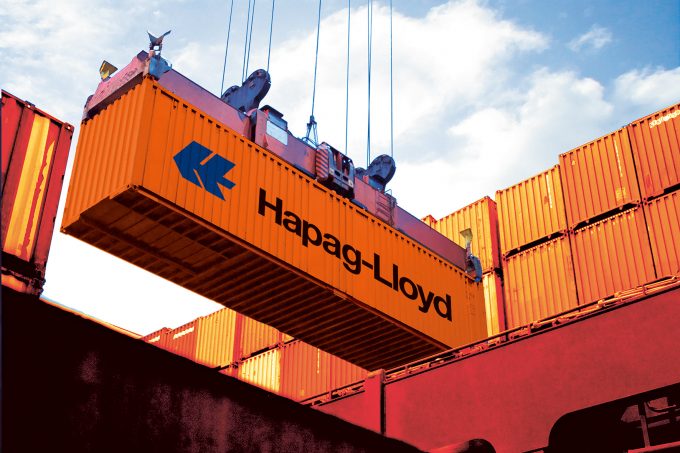Container counterfactuals: spot market vs time-charters
Spotting the time-charter correction…

Ocean carriers are becoming ever more creative with the names for huge surcharges they are loading on top of already colossal FAK rates.
The latest to land on the desks of embattled transpacific shippers is Hapag-Lloyd’s ’value-added surcharge’ of $5,000 per 40ft, ex China to the US and Canada.
The carrier told customers this was due to “extraordinary demand from China and the resulting operational challenges along the transport chain”.
Hapag-Lloyd said the surcharge would be implemented from 15 August and would “replace other ...
Volcanic disruption at Anchorage could hit transpacific airfreight operations
Shippers snap up airfreight capacity to US ahead of tariff deadline
New price hikes may slow ocean spot rate slide – but for how long?
Tighter EU import requirements proving 'a challenge' for forwarders
Forwarders stay cool as US 'liberation day' tariffs threaten 'global trade war'
Supply chain delays expected after earthquake hits Myanmar
Looming Trump tariffs will create 'a bureaucratic monster' for Customs

Comment on this article
Ian Kano
July 16, 2021 at 9:42 pmWhat we are seeing is how the world is adjusting to old concepts without trying to change and evolve. The old world order says that China is cheap, so everyone goes to China. However this case is not true today. South America and other Asian countries are cheaper then China. For instance, it is now cheaper to manufacture in Colombia, Peru, Venezuela, the Philippines, Vietnam…and more. Yet companies still go to China out of some moronic lemming style suicide run.
Whats the solution when you cannot find a cheaper source of your product elsewhere?
Go to manufacturers in other countries, interest them in taking on the manufacturing of the products needed. Give them an incentive to build a new product line and source from a cheaper and easier to access location.
Its time to invest in South America, the Philippines, Vietnam, Indonesia and also take a look at Africa.
Paul Gooch
July 25, 2021 at 6:31 pmInternally some shipping lines may be saying that they’re just getting even after years of shameful customer treatment. So in normal market conditions when capacity once again exceeds demand one would expect customers to have the upper hand…BUT…with three alliances dominating supply, block exemption still in place, and apart from a few major BCOs the forwarding market very fragmented, it’s not clear if the future will repeat the past…watch this space!!!